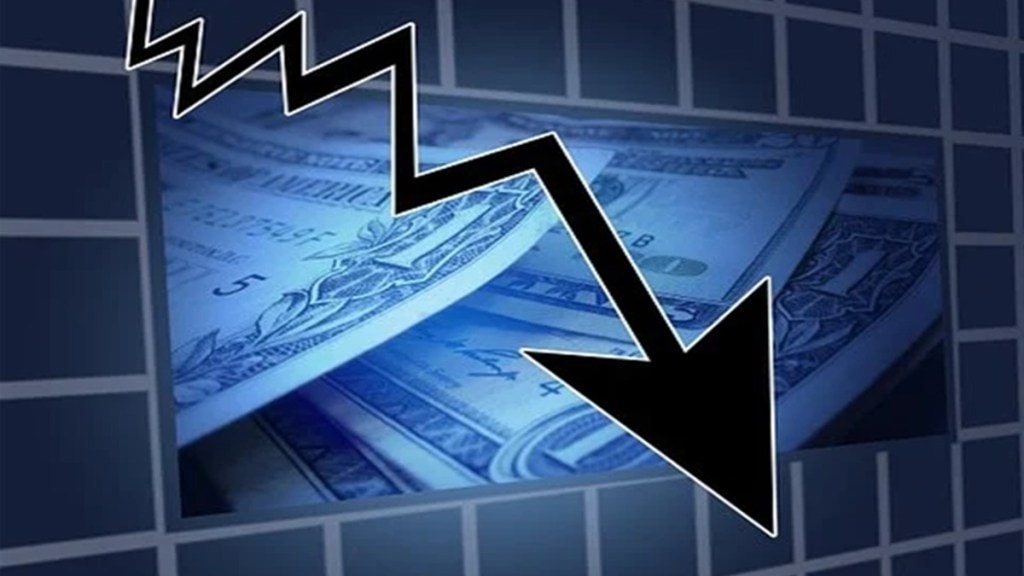According to preliminary estimates, the US economy grew by an annualised 1.1 percent in Q1 2023, declining from a 2.6 percent gain in the previous quarter and falling short of market expectations of a 2% expansion. It was the worst rate of growth since Q2 2022, as business investment growth slowed, inventories fell, and rising interest rates harmed the housing market. Residential fixed investment fell for the eighth consecutive quarter (-4.2 percent versus -25.1 percent in Q4), and private inventory investment detracted 2.3 percentage points from GDP (vs an increase of 1.47 percentage points in Q4). Simultaneously, nonresidential fixed investment growth has slowed significantly (0.7 percent vs. 4.0 percent). Nonetheless, consumer spending increased by 3.7 percent (vs. 1.0 percent in).
Real gross domestic product (GDP) increased at an annual rate of 1.1 percent in the first quarter of 2023, according to the “advance” estimate released by the Bureau of Economic Analysis. In the fourth quarter, real GDP increased 2.6 percent.
The increase in real GDP reflected increases in consumer spending, exports, federal government spending, state and local government spending, and nonresidential fixed investment that were partly offset by decreases in private inventory investment and residential fixed investment. Imports, which are a subtraction in the calculation of GDP, increased.
Compared to the fourth quarter, the deceleration in real GDP in the first quarter primarily reflected a downturn in private inventory investment and a slowdown in nonresidential fixed investment. These movements were partly offset by an acceleration in consumer spending, an upturn in exports, and a smaller decrease in residential fixed investment. Imports turned up.
Current-dollar personal income increased $278.9 billion in the first quarter, compared with an increase of $398.8 billion in the fourth quarter (table 8). The increase in the first quarter primarily reflected increases in compensation (led by private wages and salaries) and government social benefits.
Disposable personal income increased $571.2 billion, or 12.5 percent, in the first quarter, compared with an increase of $403.0 billion, or 8.9 percent, in the fourth quarter. The increase in the first quarter reflected an increase in personal income and a decrease in personal current taxes.
Real disposable personal income increased 8.0 percent in the first quarter, compared with an increase of 5.0 percent in the fourth.
Personal saving was $946.2 billion in the first quarter, compared with $758.8 billion in the fourth quarter. The personal saving rate—personal saving as a percentage of disposable personal income—was 4.8 percent in the first quarter, compared with 4.0 percent in the fourth.

